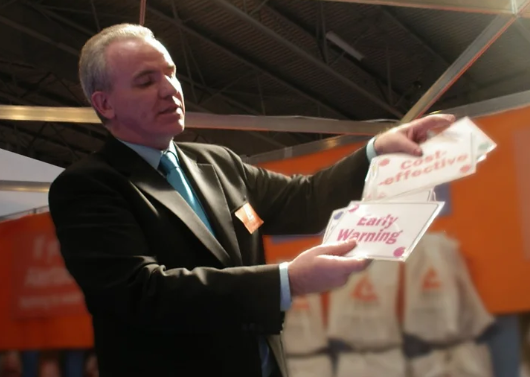Cold Reading Examples: How the Art of Reading People Works
Cold Reading Examples: How the Art of Reading People Works
Cold reading is one of those skills that looks mysterious but is surprisingly practical once you understand it. Used by mentalists, psychics, magicians, and even business professionals, cold reading creates the impression that you know personal details about someone without prior knowledge. The best way to understand it is through cold reading examples, which show how the techniques work in real life.
What Is Cold Reading?
Before diving into cold reading examples, let’s clarify what cold reading actually is. Cold reading is a set of techniques for making statements that seem personal and accurate, even though they could apply to many people. It’s not about supernatural powers, but about psychology, observation, and clever use of language.
When you see cold reading examples, you quickly realise that most people are eager to feel understood. They interpret broad or vague statements in ways that feel deeply personal.
Why Study Cold Reading Examples?
You can read theory all day, but the best way to learn is by seeing cold reading examples in action. These examples show:
How simple statements can sound profound.
Why people agree with vague descriptions.
How performers adapt to feedback from the subject.
How you can practise cold reading safely and effectively.
By analysing cold reading examples, you’ll see how small adjustments in wording and delivery create powerful effects.
Classic Cold Reading Examples
Here are some of the most common types of statements used in cold reading.
1. Barnum Statements
Barnum statements are general comments that apply to almost everyone but feel specific.
Example: “You like to be seen as independent, but deep down you sometimes wish you had more support.”
This is one of the simplest yet most convincing cold reading examples.
2. The Rainbow Ruse
This technique covers both ends of a trait, so it’s always accurate.
Example: “You can be very outgoing at times, but in other situations you prefer to stand back and observe.”
People nearly always agree, making it one of the most reliable cold reading examples.
3. The Fuzzy Fact
This involves vague or open-ended statements that people interpret themselves.
Example: “There’s something significant about the last six months.”
The person will usually fill in the blanks, making it one of the most flexible cold reading examples.
4. Double-Headed Statements
These statements allow you to be right no matter what.
Example: “You often trust people too easily, but sometimes you can be a little guarded.”
5. The Vanishing Negative
If you miss, you adjust to still be “right.”
Example: “I sense a connection with the name Michael… if it’s not close to you now, it may be in the near future.”
Real-Life Cold Reading Examples
To see how these work in practice, here are some situations where cold reading shines.
At a party. Someone says, “You seem like the type of person who enjoys meeting new people, but you also need your alone time.” Nearly everyone will agree.
In a sales meeting. A salesperson says, “From what I can tell, you’re careful with investments, but you don’t want to miss opportunities either.” The client nods—classic use of cold reading examples in business.
During a performance. A mentalist says, “I see that you’ve had challenges, but they’ve made you stronger.” It resonates instantly.
Each of these cold reading examples works because people want to see themselves in the description.
Why Cold Reading Examples Work
When you study cold reading examples, you notice a pattern. These statements succeed because they:
Sound personal. Even if they’re broad, they feel like they fit.
Invite interpretation. The subject fills in the gaps with their own meaning.
Use feedback. The reader watches for reactions and adjusts accordingly.
Build trust. The more accurate the statements feel, the more the subject opens up.
This is why cold reading has been so successful for entertainers and communicators alike.
Practising with Cold Reading Examples
If you’re new to the art, here’s how to practise:
Write down a list of common cold reading examples like Barnum statements and Rainbow Ruses.
Try them in casual conversation. Notice how often people agree.
Pay close attention to body language and tone. Reactions are your guide.
Refine your delivery. Confidence makes even vague statements feel powerful.
The more you practise with cold reading examples, the more natural the skill becomes.
Ethical Considerations
While it’s fun to study cold reading examples, ethics matter. Some people misuse these techniques by pretending they have psychic powers or by exploiting vulnerable individuals. Always use cold reading responsibly for entertainment, training, or communication, not manipulation.
The best way to approach cold reading examples is as a way to connect with others, sharpen your communication, and perhaps add some charm to your social interactions.
Cold Reading Examples Beyond Entertainment
Cold reading isn’t just for magicians or psychics. These cold reading examples show how useful the skill can be elsewhere:
Sales. Identifying concerns and building trust.
Leadership. Understanding team members more quickly.
Coaching. Helping clients feel understood.
Everyday life. Making conversations warmer and more engaging.
When applied ethically, cold reading examples become tools for building rapport in any setting.






